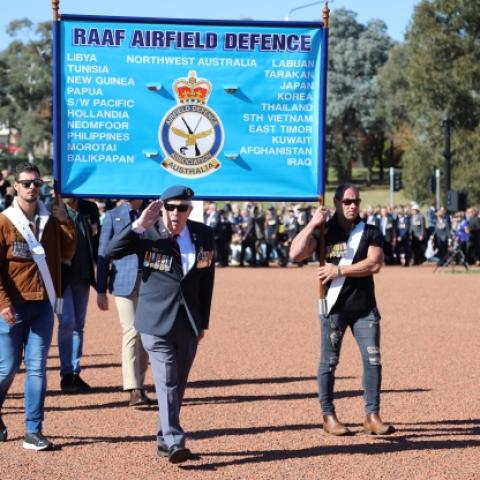Last summer’s bushfires dealt a major blow to efforts to rebuild populations of the endangered Smoky Mouse, but a new captive breeding program is bringing renewed hope for the long-term survival of the native animal.
The tiny native animal will benefit from the Australian Government’s $200 million investment in bushfire recovery for native wildlife is supporting programs to recover areas heavily impacted by the bushfires, including the alpine regions from Kosciusko down through to East Gippsland that are inhabited by the Smoky Mouse.
The Smoky Mouse is a native rodent, a group of Australian mammals that are often overshadowed by the better-known marsupials. It lives in small patches of undisturbed habitat where it relies on abundant ground cover to provide food and shelter and evade cats and foxes.
While this rodent is small and often disregarded its importance should not be over-looked. Rodents are an important part of the alpine ecosystem as they consume seed and plant matter and are part of the diet of native predators.
The species was prioritised for a reassessment in 2017 to downgrade their listing to the vulnerable category with a substantial and significant new population found during surveys for the Snowy 2.0 development in 2018-19.
This was a species heading in the right direction, unfortunately they were heavily impacted by the recent bushfires with initial indications showing that approximately 30 per cent of their range was impacted.
Based on the detailed analysis conducted by the Wildlife and Threatened Species Bushfire Recovery Expert Panel and the Threatened Species Scientific Committee, I have agreed to retain the current listing of the species as endangered and keep a high level of protection over the species.
It is one of three animals including the Hastings River Mouse and the south eastern mainland population of the Spot-tailed Quoll that I have determined will remain in the endangered category of the national threatened species list due to the bushfire impacts.
All three animals were being assessed for potential down-listing to vulnerable prior to the fires.
These are just the first of many assessments of fire-affected animals and plants that will be undertaken over the next two years by the Threatened Species Scientific Committee.
The government has provided $28 million to support further scientific assessment and planning coordination for our most at-risk species under Australia’s environmental law, to understand the actions needed to recover these species.
The Australian Government has already invested in activities to support the recovery of the Smoky Mouse following the devastating summer bushfires. This included the emergency provision of supplementary food and water, predator control in burnt sites, weed control, creation of log hollows and revegetation of its habitat.
Surveys will also be undertaken to determine its distribution and chart its recovery. These projects are being delivered in partnership with the NSW, ACT and Victorian Governments as well as the South Endeavour Trust and Treetec.





